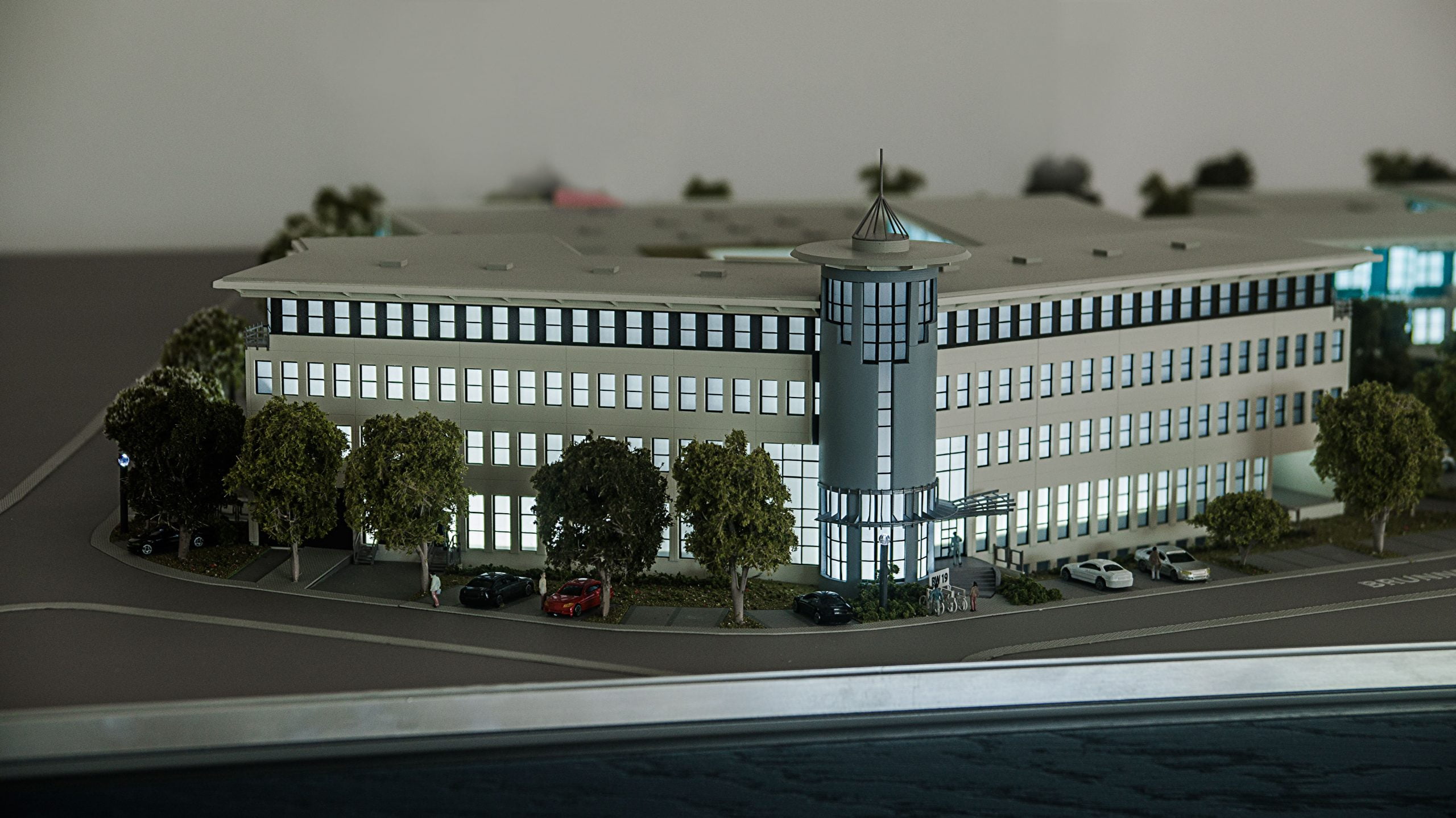1. Understanding Architectural Model Making
1.1 Definition and Importance
Architectural model making is the art and science of creating physical representations of buildings and structures. These models serve not only as a tool for visualization but also as a means to communicate design concepts and ideas effectively. They play a crucial role in the architectural process, facilitating discussions among architects, clients, and stakeholders. Moreover, they allow for a tangible assessment of spatial relationships, materials, and the overall aesthetic before construction begins.
The importance of architectural models extends beyond mere aesthetics; they are vital in helping designers to identify potential design issues early in the process, thereby saving time and resources. Particularly in a creative hub like architectural model maker Leipzig, where innovation meets tradition, the development of high-quality models speaks volumes about the region’s architectural prowess.
1.2 Historical Evolution of Model Making
The practice of architectural model making can be traced back to ancient civilizations, where builders designed miniature replicas of structures to convey their vision and secure investments. The evolution of this craft has seen significant transformations—from simple clay models of Mesopotamian ziggurats to highly detailed, scaled-down replicas of modern skyscrapers. In the Renaissance, models became crucial in demonstrating intricate designs, leading to advancements in architecture and engineering.
In the modern era, technological advancements have further revolutionized model making. Digital tools and software now allow architects to create highly precise models using 3D printing, laser cutting, and computer-aided design (CAD). However, traditional craftsmanship remains a valued aspect of architectural model making, especially in cities like Leipzig, where skilled artisans continue to uphold the standards of excellence.
1.3 Types of Architectural Models
Architectural models can be classified into several categories depending on their purpose and design complexity:
- Conceptual Models: These models represent initial ideas and are often simple, focusing on form and space rather than details.
- Presentation Models: Designed for client presentations or exhibitions, these models are more detailed and visually appealing, showcasing materials, colors, and landscaping.
- Working Models: Used primarily for engineering and construction purposes, working models provide a functional representation that includes dimensions, material specifications, and construction techniques.
- Scale Models: Models built to a specific scale serve as precise representations, often used in urban planning to demonstrate how structures fit within existing environments.
2. The Role of an Architectural Model Maker in Leipzig
2.1 Daily Responsibilities of a Model Maker
Architectural model makers in Leipzig undertake a variety of tasks daily, including collaborating with architects to understand project requirements, selecting appropriate materials, and constructing models that reflect design intent. Their work often begins with reviewing blueprints and sketches, followed by creating mock-ups to explore various design possibilities.
A model maker must also stay updated on the latest tools and technologies in the field, utilizing software for digital modeling or 3D printing when necessary. Once a model is completed, it is evaluated for quality, accuracy, and aesthetic appeal, ensuring that it effectively communicates the architect’s vision.
2.2 Skills Required for Successful Model Making
Successful architectural model makers possess a unique blend of technical and creative skills. Here are some essential qualities:
- Attention to Detail: Precision is critical in model making. Every measurement and finish must align perfectly with architectural designs.
- Technical Proficiency: Familiarity with CAD software, 3D printing technologies, and traditional crafting techniques are essential for modern model makers.
- Problem-Solving Abilities: The capacity to troubleshoot and adapt designs based on feedback is vital for model makers.
- Artistic Vision: A strong aesthetic sense allows model makers to create visually striking models that capture the essence of the original design.
2.3 The Collaborative Process with Architects
Collaboration is at the heart of architectural model making. Model makers work closely with architects to ensure the model meets their vision and objectives. This often involves iterative feedback sessions, where model makers present their work and incorporate suggestions for improvements. Effective communication is key, as it helps bridge the gap between architectural ideation and tangible execution.
In Leipzig, renowned for its architectural landscape, the synergy between architects and model makers is palpable. The exchange of ideas facilitates innovation, resulting in groundbreaking designs that marry form and function seamlessly.
3. Choosing the Right Materials
3.1 Commonly Used Materials in Model Making
The choice of materials significantly impacts the quality and realism of architectural models. Common materials include:
- Balsa Wood: Lightweight and easy to work with, balsa is favored for its versatility in creating detailed structures.
- Foam Board: Affordable and easily manipulated, this material is often used for conceptual models and larger layouts.
- Acrylic: Providing a sleek finish, acrylic sheets are ideal for modern designs requiring a clear or glossy surface.
- Cardstock and Paper: Economical and available in various colors, these materials are useful for quick mock-ups and detail enhancements.
3.2 Sustainable Practices in Model Production
As sustainability becomes increasingly important across industries, architectural model making is also embracing eco-friendly practices. Many model makers now source sustainable materials like recycled plastics, bamboo, or sustainably harvested wood, which contribute to reduced environmental impact.
Additionally, utilizing digital fabrication techniques such as laser cutting can minimize waste compared to traditional methods. The commitment to sustainable practices not only reflects a model maker’s ethical responsibility but also resonates with clients who prioritize environmentally friendly solutions.
3.3 Cost Considerations for Different Materials
The costs associated with model making can vary widely depending on the materials chosen. Basic models using foam board or cardstock can be achieved at a lower budget, while intricate presentation models crafted from acrylic and balsa wood tend to be more expensive. For example:
- Basic Concept Models: Starting around $500 – $1,000
- Detailed Presentation Models: Often range from $2,000 to $10,000, depending on size and detail
- High-End Working Models: These can surpass $10,000, particularly for large-scale projects requiring extensive detail and engineering.
4. Best Practices for Architectural Models
4.1 Ensuring Quality and Detail in Models
Maintaining high standards in quality and detail is paramount in architectural model making. One best practice involves the use of high-resolution imagery and precise measurements when building models. Additionally, regular checks during the construction process can prevent errors and ensure that the final product reflects the intended design accurately.
Incorporating feedback from architects at various stages of the model making process allows for continual improvement and refinement, enhancing the quality of the final output.
4.2 Techniques for Realistic Lighting and Texture
To elevate the realism of architectural models, employing effective lighting techniques is crucial. This can involve using miniature LED lights strategically placed within the model to simulate natural lighting effects. Furthermore, applying textures through different materials and finishes can enhance the tactile quality of the model, imparting depth and realism that engages observers.
Textural contrasts can also bring out details such as brick patterns, glass facades, and landscaping elements, enriching the overall viewing experience.
4.3 Presentation Tips for Architectural Models
The presentation of architectural models significantly influences how they are received by clients and stakeholders. Here are some key tips for effective presentation:
- Contextual Backdrops: Using an appropriate backdrop can provide context and enhance the viewer’s understanding of the model’s placement within an environment.
- Lighting: Ensure optimal lighting to highlight the model’s details while avoiding shadows that could obscure features.
- Interactive Elements: Incorporating interactive elements, such as removable roofs or cutaways, can provide further insight into the model’s internal space.
- Clear Labels: Clear labeling of specific features can guide viewers and help them understand the design intent more clearly.
5. Future Trends in Architectural Model Making
5.1 Integration of Technology in Model Creation
The integration of technology continues to reshape architectural model making. From advanced 3D modeling software to virtual reality (VR), technology offers architects and model makers innovative avenues for design exploration. VR technology allows stakeholders to virtually walk through models, providing an immersive experience that aids in evaluating spatial relationships and design coherence.
Additionally, Artificial Intelligence (AI) is also beginning to play a role in automating certain aspects of model-making processes, potentially enhancing efficiency and creativity.
5.2 The Impact of 3D Printing on Architecture
3D printing has emerged as a game-changer in architectural model making. This technology enables rapid prototyping, allowing model makers to produce complex geometries that were previously difficult or impossible to achieve. Models can be created with highly intricate details at a fraction of the time and cost compared to traditional crafting techniques.
Moreover, 3D printing promotes sustainable practices by reducing material wastage and enabling the use of recycled materials. This aligns with the growing demand for environmentally responsible construction methods.
5.3 Predictions for the Industry in Leipzig
As Leipzig continues to establish itself as an innovative hub for architecture and design, the future of model making in the city appears bright. We can expect further collaboration between educational institutions and industry professionals, fostering a new generation of skilled model makers equipped with modern technologies and techniques.
Moreover, the growing international focus on sustainability and environmental stewardship is likely to drive demand for eco-friendly model making practices. This presents an opportunity for Leipzig’s model makers to lead the industry in developing sustainable solutions, setting a benchmark for excellence in architectural model making globally.
In conclusion, architectural model makers in Leipzig play a pivotal role in shaping the architectural narrative by bridging the gap between vision and reality. Through craftsmanship, collaboration, and innovation, they continue to elevate the standards of architectural representation.



